Just how many unsubscribes is too many?
Is 1% too much? Or too few?
There’s no clear answer.
You should always expect that a certain number of subscribers will eventually ditch you.
That’s the nature of email marketing.
Each time you send an email, you risk someone hitting the “unsubscribe” link at the bottom.
It’s the same as Facebook or Twitter. Each time you send an update, you can expect at least one or two unfollows.
The trick isn’t to become overwhelmed with the downside.
Instead, focus on the upside of your actions.
You want to see the CTR, conversions, and ROI. Those are some of the most important email-marketing metrics, according to the DMA.
To see any of those things, you need a rock-solid list of subscribers, though.
You can’t have ‘dead weight’ hanging around, potentially dragging down those good metrics.
So what happens when you suddenly see a huge spike in unsubscribes?
Does this mean that you’ve totally messed up? Are your emails not up to snuff?
Maybe, but not necessarily.
If people are unsubscribing, it might actually be a good thing. If they’re not, you may want to consider dumping them yourself.
Here’s why.
Why do people unsubscribe from your email list?
Most of the people on your email list are probably duds.
That sounds harsh, but I don’t mean it that way.
I don’t mean to be insensitive. However, when you watch what happens with the numbers, you’ll quickly realize why I’m saying this.
The whole point of email marketing, for most marketers anyway, is to generate leads.
That’s obvious, right?
You’re not just sending emails for the fun of it. You want sales.
But the reality is that only about a third of email subscribers actually convert. That’s on the high side, too!
Average open rates for most email campaigns will hover around 20%. That means that 80%, the vast majority of people, won’t even read what you send them.
The rest hang around in email limbo. They read but never convert. Or they will unsubscribe.
There are a few main reasons that this might happen to you.
Reason #1. They opted in for the initial benefit.
Sometimes you have a killer offer. That’s a good thing!
Maybe it was an e-book, a webinar, or a cool downloadable resource.
Whatever it was, someone bought it hook, line, and sinker.
So they gave you their email ASAP to get the free prize inside.
However, they weren’t really interested in you or your services just yet.
They just wanted that free, shiny, new thing.
This happens a lot in the retail world. Someone signs up for a free discount one day, only to unsubscribe after the welcome email is sent on the next day.
In fact, discounts are one of the top reasons people opt into emails in the first place.
When you’re offering something of initial value, you will almost always get subscribers.
But after they cash in their prize, they might not want to hear from you again.
Unless, of course, your emails continue to benefit them directly. And that leads to my next point.
Reason #2. Your emails weren’t segmented.
You need to segment your emails. It is one of the most important decisions you make.
Segmented emails have an open rate that’s nearly 15% higher than that of non-segmented emails.
They also improve open rates and ROI in almost every study you can find on the subject.
If you blast out generic emails to everyone, people will eventually lose interest.
They’re already facing an onslaught of content each day.
Personalized, relevant stuff gets opened. Irrelevant, mass-produced stuff winds up in the virtual trash can.
Reason #3. You send emails too often (or not often enough).
People are smart about how they sign up for emails.
They’re leery of getting sent junk.
That’s why most sites add, “We won’t send you spam!” to their opt-in forms.
If you spam them with daily emails, for instance, they’re far more likely to unsubscribe.
No one wants daily emails.
Weekly emails are more likely to get you results.
On the flip-side, if you don’t send emails often enough, like only every couple of months, you’re probably going to get unsubscribes, too.
That might sound confusing. But it makes a lot of sense when you think about it.
People won’t recognize your name.
They’re thinking, “What is this? Why did I sign up for it?”
If you wait too long in between messages, you risk losing brand recognition.
Reason #4. Emails are getting caught in spam folders.
205 billion emails are sent per day.
That’s 2.4 million emails sent every second. And 74 trillion per year.
Not all of those emails are being read. Not even close.
Email service providers are also doing their job to prevent spammy, irrelevant emails from ever reaching the recipient.
Gmail, Yahoo! Mail, and Outlook all use what’s known as a reputation score to determine whether or not an email is spam.
They look for the most common spam trigger words.
For example, overusing words like “free” or “guarantee” can land you in hot water.
They’ll also compare how you use these words to what else is showing up in your email campaign.
They will look at your attachments and links. And they’ll determine if you’re only using images.
Little-to-no text is a warning sign. Put all of these things together, and you might be in trouble.
If you don’t have the right combination of elements, or if you set off the spam-warning lights, your emails will wind up where you don’t want them.
You’ll land in the email dead zone and never be read again.
Reason #5. They changed their email address.
Around 30% of email users change their address every year.
Maybe they changed jobs. Sometimes they’ll switch to a new email service provider.
Or they’ll disable their account so that it’s no longer active at all.
Either way, they’re not getting your emails.
The biggest problem here is that these people might not actually unsubscribe from you.
The messages are still going to them. They’re just not seeing them.
This is a perfect example of where you might want to dump them, instead.
In fact, there are a lot of reasons why you might want to unsubscribe people from your lists.
Inactive subscribers like these can do more harm than good.
Here’s why and what you should do about it.
Why you should prune your own email subscriber lists
Everyone wants a large email list. I totally get it.
But a “large” list doesn’t always equal a “healthy” one.
HubSpot ditched 250,000 subscribers (nearly 45% of their list) a few years ago.
That sounds crazy, right?
But it goes back to quality over quantity. A healthy list is a high-converting one.
Sometimes you have to get rid of the junk to keep the whole list healthy.
Traditional marketers look at an email list like this:
People are active (converting), inactive (not interacting at all), or gone.
If this were the case, you would simply purge anyone who was inactive or unreachable.
But you have to start looking at it more like this:
If you bundle your passive subscribers in with your inactive ones, you’re missing a huge opportunity. I’ll explain why later.
Ideally, you would only ditch the ~5-10% at the bottom of your list.
That might include most of your truly inactive addresses as well as your unreachable ones.
But you could eliminate as many as you want.
In fact, the more, the merrier!
Your goal is to drive the most conversions. It’s not to have the most email subscribers.
So if the majority of your list isn’t converting, ditch them and start over.
There are a couple of reasons why this is a good idea.
One, you’ll increase the deliverability of your emails. More of your campaigns will get through spam filters, get opened, and get clicked.
Second, your revenue will continue to rise, as well.
Email has the best ROI per dollar spent.
If you have a list of 50,000+ active subscribers, this means something.
But if you have 100,000+ mixed subscribers, you’re going to see mixed results. A hodgepodge of active, inactive, and passive subscribers won’t convert the same way.
You might still see some ROI, but you won’t know exactly how you got it. Or, more importantly, how to get more of it in the future.
Cleaning up your list is the only way to know for sure who’s converting and who’s not.
And at the end of the day, subscribers who convert are the only ones who matter.
How to clean things up and ditch inactive subscribers
So back to the original question I posed:
Just how many subscribers should you ditch?
You have to consider that some people will unsubscribe by themselves.
If that’s happening too often, you need to dig into the potential causes we discussed earlier.
Once you’re marked as a spammy account, there’s no going back.
But when you’re the one doing the cleaning, just how many subs should you scrub?
It ultimately depends on your conversion rates.
If your conversion rate is relatively high, you could have a list of 5,000 or 50,000 and you’ll probably see results either way.
A list of 5,000 at 20% conversion might make you more money than a list of 100,000 at a 2% conversion rate.
The goal is to have a list of converting subscribers.
And that means identifying all the inactive ones and removing them, no matter how big that list is.
To identify them, look for three key things:
- When did they subscribe?
- How often do you email your list?
- When was the last time they opened your emails?
If they haven’t opened an email in the last three months, feel free to ditch them.
If they haven’t engaged in some significant way in the last three to six months, you can scrub them, too.
If they’ve only engaged a few times in the last three to six months, mark them as passive.
Keep in mind the original date they joined the list, though.
For example, you wouldn’t want to mark someone who subscribed a week ago and hasn’t opened an email as inactive.
They haven’t been on the list long enough to establish a pattern of deleting your emails.
Once you’ve purged the inactive ones, create a new segment for passive subscribers.
Here are a few guides for doing this based on your email service:
- MailChimp – Save and Manage Segments
- GetResponse – List Segmentation
- AWeber – How Do I Create A Segment?
- Campaign Monitor – How do I create and use segments?
- InfusionSoft – How to Segment Email Lists to Increase Sales
After you’ve done that, you can focus on optimizing your active and passive lists for better conversions.
How to improve conversions for your active subs
Once you’ve eliminated all the junk, you can focus on growing your list.
To do that, you need three things:
- Segmented lists
- Quality, relevant content
- Deliverability
You can segment your active lists all you want.
Focus on demographics, previous engagement metrics, or whatever you think will keep them engaged.
You should also create at least one segmented list for passive subscribers.
Then you want to create a re-engagement campaign.
Technically, you could do this for inactive users. But it’s much more likely that you’ll see conversions with those who are already participating — just not as much as you want.
Besides, we ditched the inactive subscribers already.
You want to send these emails to subscribers with the lowest engagement rates.
And it should say something like, “Do you want to keep getting my emails?”
You don’t have to make it more complicated than that.
Dropbox, for example, keeps their re-engagement emails rather simple:
A simple “Baby come back!” is sometimes enough.
You can also try offering them some incentive, like another discount.
These people have been ignoring or missing your emails for awhile. So you want to try anything that will get them to stop, take notice, and respond.
But focus on either getting them back into the game or removing themselves from your list entirely.
One way you can keep both active and passive, soon-to-be-active subscribers happy is with quality email content.
InVision, for example, sends a series of long emails with links to articles and learning events. You can check out the full version here:
If you’re not sure whether or not your content is meaningful, look at your engagement rates, especially your click-through rates.
If people are opening your emails but not going to the source and reading more, or engaging with your site, you might need to beef up your emails.
And finally, you want to make sure that your content is being delivered.
The biggest thing you can do is check your reputation score.
The sender score is on a scale of 1-100. A score of 100 is the best.
The example above, with a score of 96, would be ideal for most campaigns.
You also want to stick to a consistent schedule. You want people to expect and look forward to seeing you every Tuesday morning or Sunday afternoon.
If you send emails sporadically, you’re more likely to be marked as spam.
So come up with a regular schedule and try to maintain it for your primary mailings.
And, of course, segment and clean up your lists as often as you can. Proactively pruning your email list will help keep this reputation score as high as possible.
Do it at least monthly. Don’t be afraid of a big purge, either.
The more active or passive people that you can warm back up, the better your ROI will be.
Conclusion
High unsubscribe rates aren’t the end of the world.
In fact, more often than not, it’s a sign that your list is getting healthier.
If you see really, really high unsubscribe rates, make sure it’s not something on your end.
There might be a problem with the content you’re sending, the people you’re targeting, or a bigger deliverability issue.
That might mean that you need to make sure your emails have more substance. Or you might need to back off the number of emails going out each month.
But at the end of the day, you can do more with a small email list of active subscribers.
Your goal is to maximize conversions — not protect yourself from unsubscribes at all costs.
A massive email list in the hundreds of thousands sounds impressive on paper.
But you don’t always see great results. There are simply too many people to target.
A watered-down offer to try to appeal to everyone might not appeal to anyone.
And all of the inactive subscribers on your list can hurt you more than they can help you.
A healthy email list performs better. It gives you exactly what you want with more visits, leads, and conversions.
So don’t be afraid to cut out the junk to see real results.
What are some of the best ways you’ve driven new leads and conversions from email marketing?

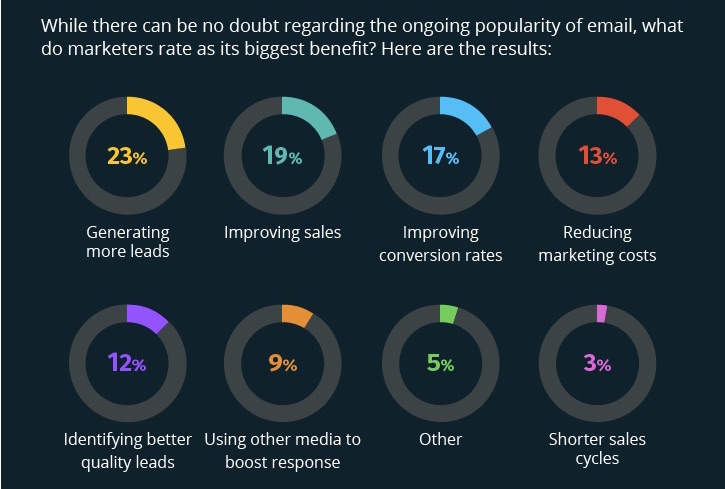
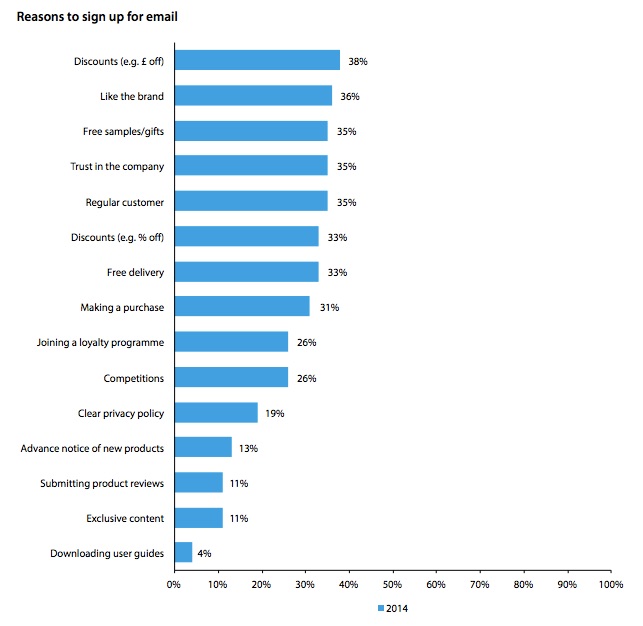
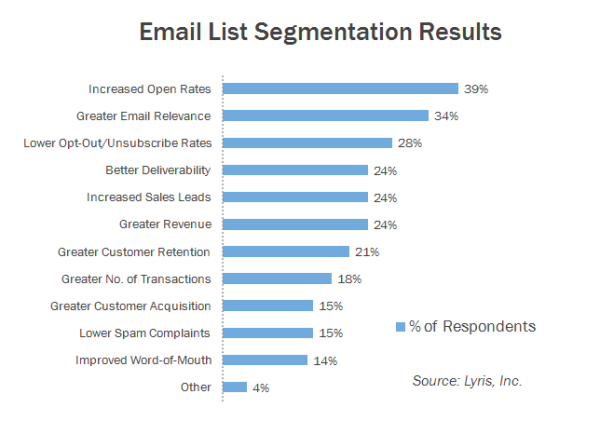
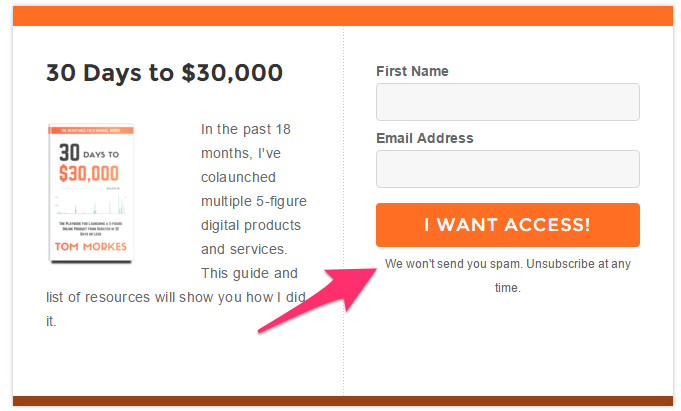
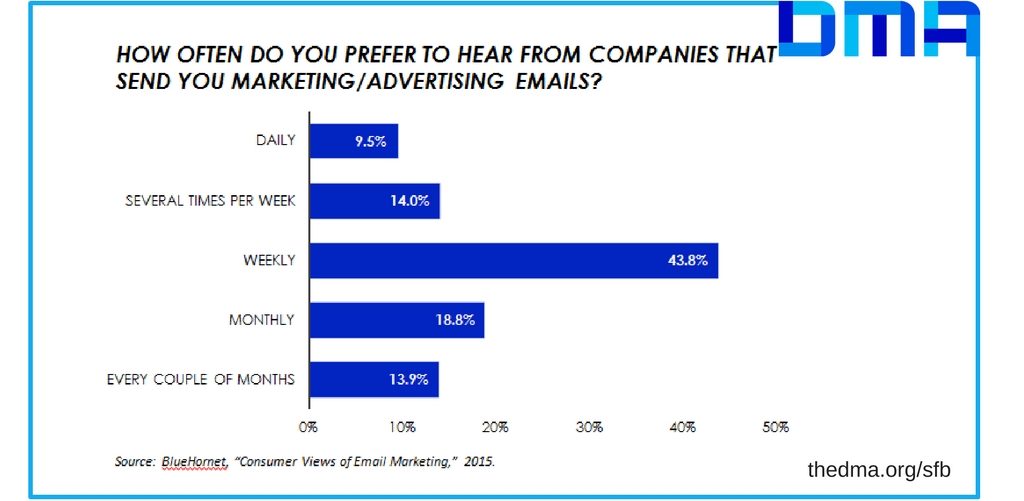




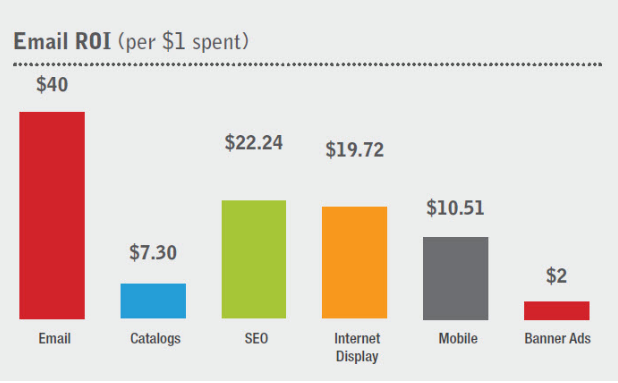
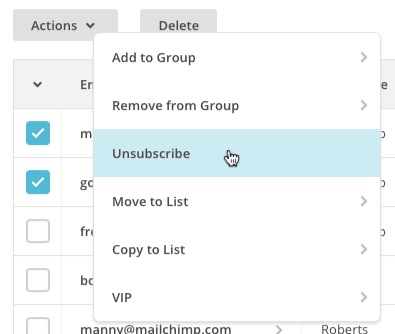
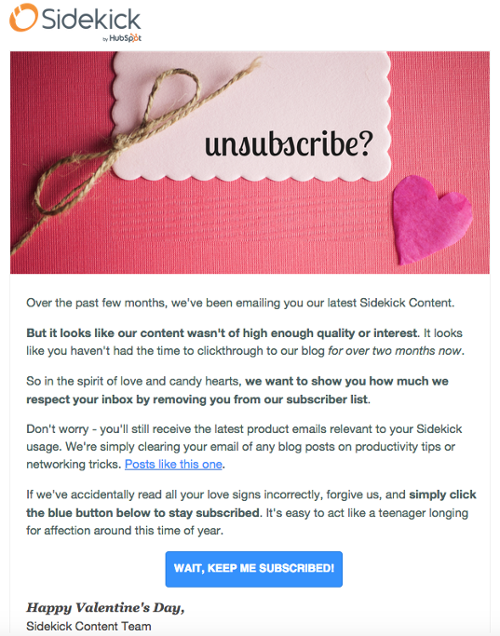
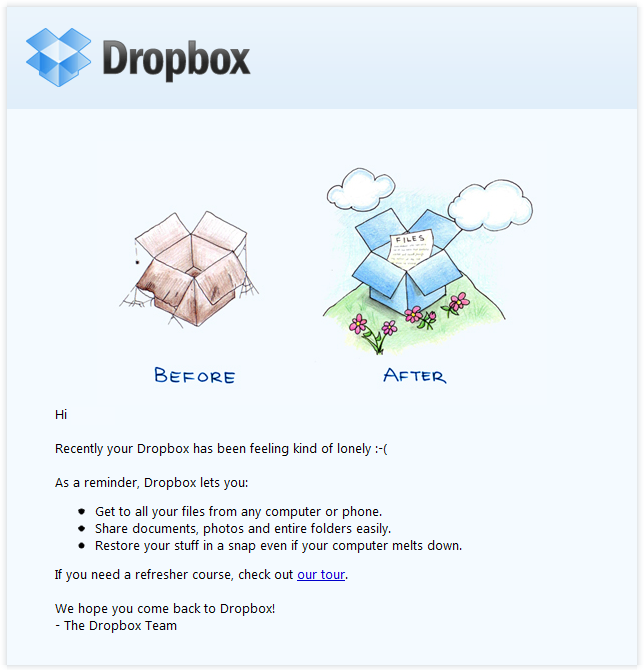

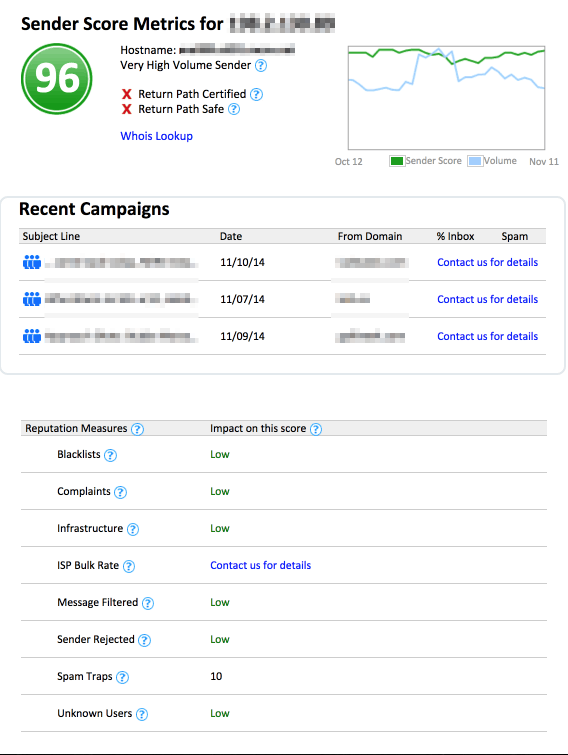
Comments (4)